The resourceful and knowledgeable homesteader knows that there’s plenty of food to be grown overhead and underfoot. But there’s an unexpected cache of food that often goes unnoticed — the leaves of more plants than you may guess!
We’re accustomed to eating lettuce leaves and kale leaves, of course, but you can also harvest greens from your okra, sweet potato vines, and even the trees that line the path to the garden. Though you may feel a bit like a goat as you munch on arboreal greenery, once you realize the extent of your potential harvest, you won’t mind.
So let’s get into some unexpectedly edible leaves that you might already be growing in your garden and orchard. Your harvest may be bigger than you realized.
1. Grape Leaves
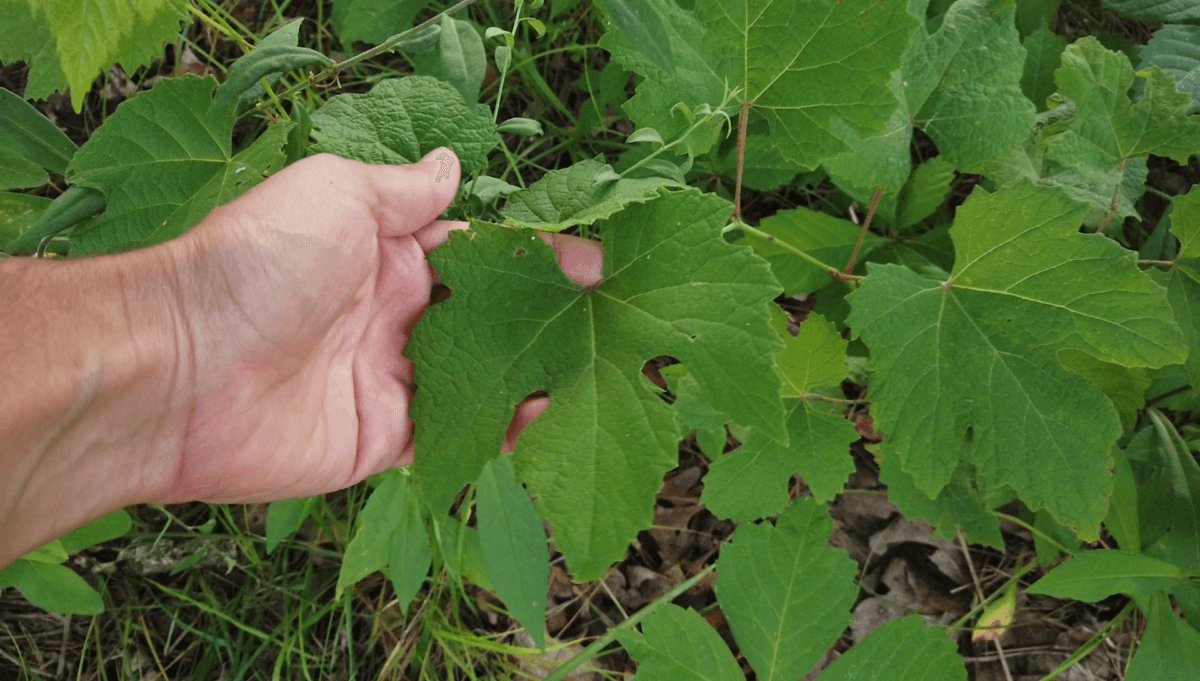
Grapes are wonderful for fresh eating, preserving, and fermenting into robust or sweet wines. But the leaves of these generous vines are also prime eating. Grape leaves have a long history in much of the Mediterranean where grapes have been used as a staple for thousands of years — while folks in the Americas may not have realized their edible potential.
Grape leaves of all species can be eaten fresh, cooked, or fermented, all with different applications and flavors. Fresh grape leaves, usually the younger the better, can be slivered and added to salads for a bright, grapey-green, nearly citrus flavor. Cooked or fermented grape leaves are classic wraps for the famous stuffed leaves used as appetizers. Depending on the region, they may be called dolmades, dolma, sarma, warak eab, dolmadakia, and yaprak (to name a few). I take that multitude of names as a good sign grape leaves have had immense food value to millions of people throughout time.
If you’re harvesting grape leaves from vines you’ve planted, you’ll obviously be able to identify them correctly. If you’re foraging for them, make sure to familiarize yourself with the small handful of (kinda-sorta) look-alikes that also grow in the same areas. Though I find the smooth-margined leaves of toxic moonseed (Menispermum canadense) and the 5-parted leaves of Virginia creeper (Parthenocissus quinquefolia) to be immensely different from the various wild grapes, they are known to be misidentified by new foragers.
2. Mulberry Leaves
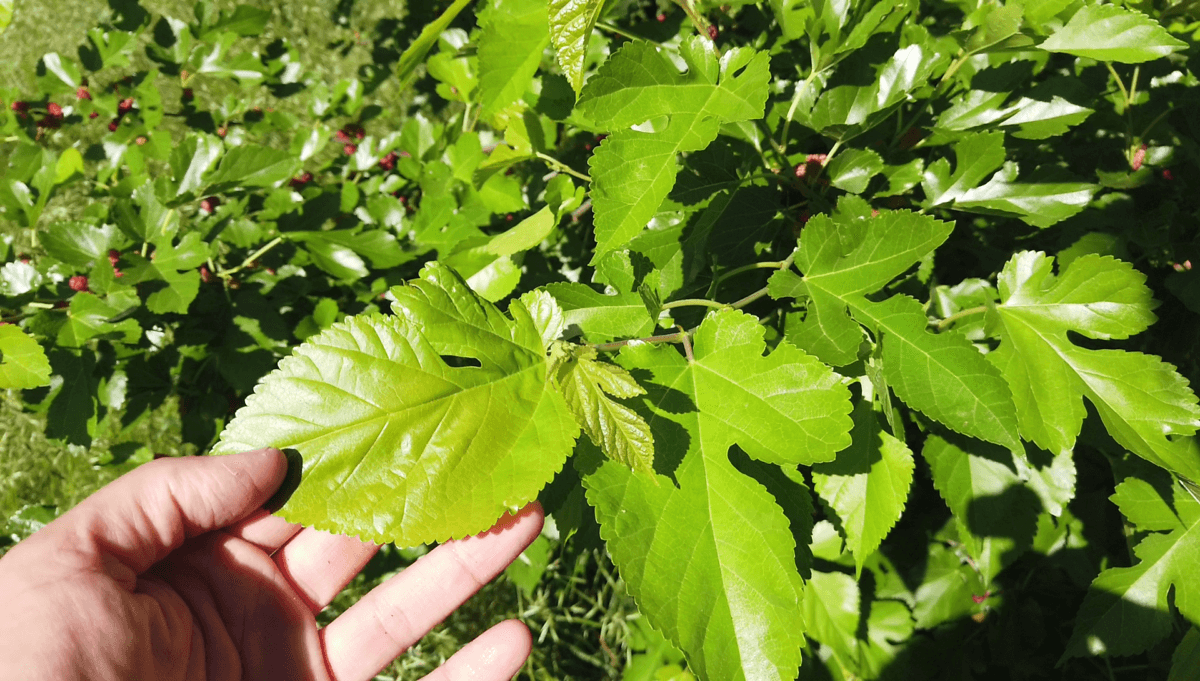
I’ve written extensively about these tasty-fruited trees in an earlier article, but I’ll recap for those who haven’t read it yet. In addition to their sweet, abundant fruits, all species of mulberry trees (Morus spp.) offer a bounty of leaves for both edible greens and tea. The new, lighter green leaves are the best pickings for munching because they’re far more tender than their fully matured counterparts. Though they’re edible raw, I prefer them cooked. And if you can’t find freshly grown leaves, you can always pick a heaping handful of them to dry as tea.
3. Blackberry Leaves
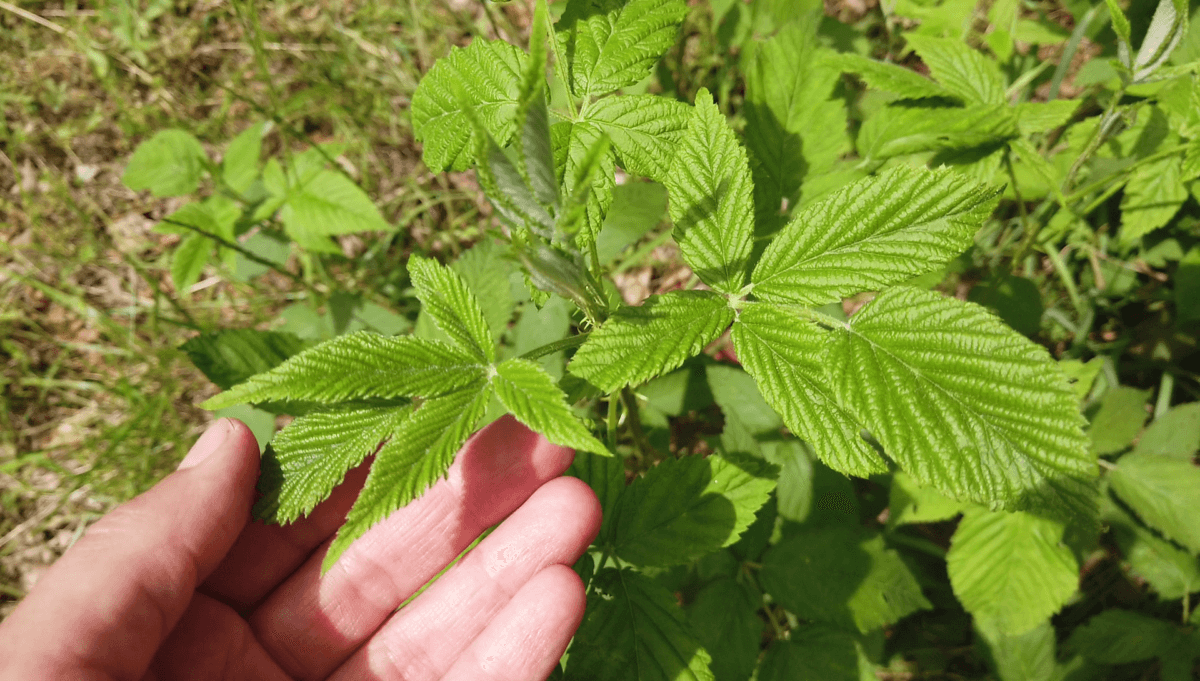
We like blackberries a lot here at Insteading. We have articles on growing domestic blackberries, foraging for wild brambleberries, and even fermenting the tasty fruits into sparkly, not-quite wine. The sweet fruits seem to hog the spotlight, however, which is a bit of a shame because the leaves are quite tasty, useful, and medicinal as well.
There’s a long tradition of eating fresh blackberry leaves. Appalachian mountain lore said that eating a mess of blackberry greens could tighten loose teeth in the gums. And if your teeth are firmly in place, the greens are still a great potherb to add to your wild foraged feast in the spring. You’ll want to pick the tender, new, light-green growth, as the thorns will have yet to harden and prickle. They’re so soft, you can easily harvest them by hand. Later in the year, you can still pick leaves of any maturity for tea, but you’ll find they bite back!
4. Okra Leaves
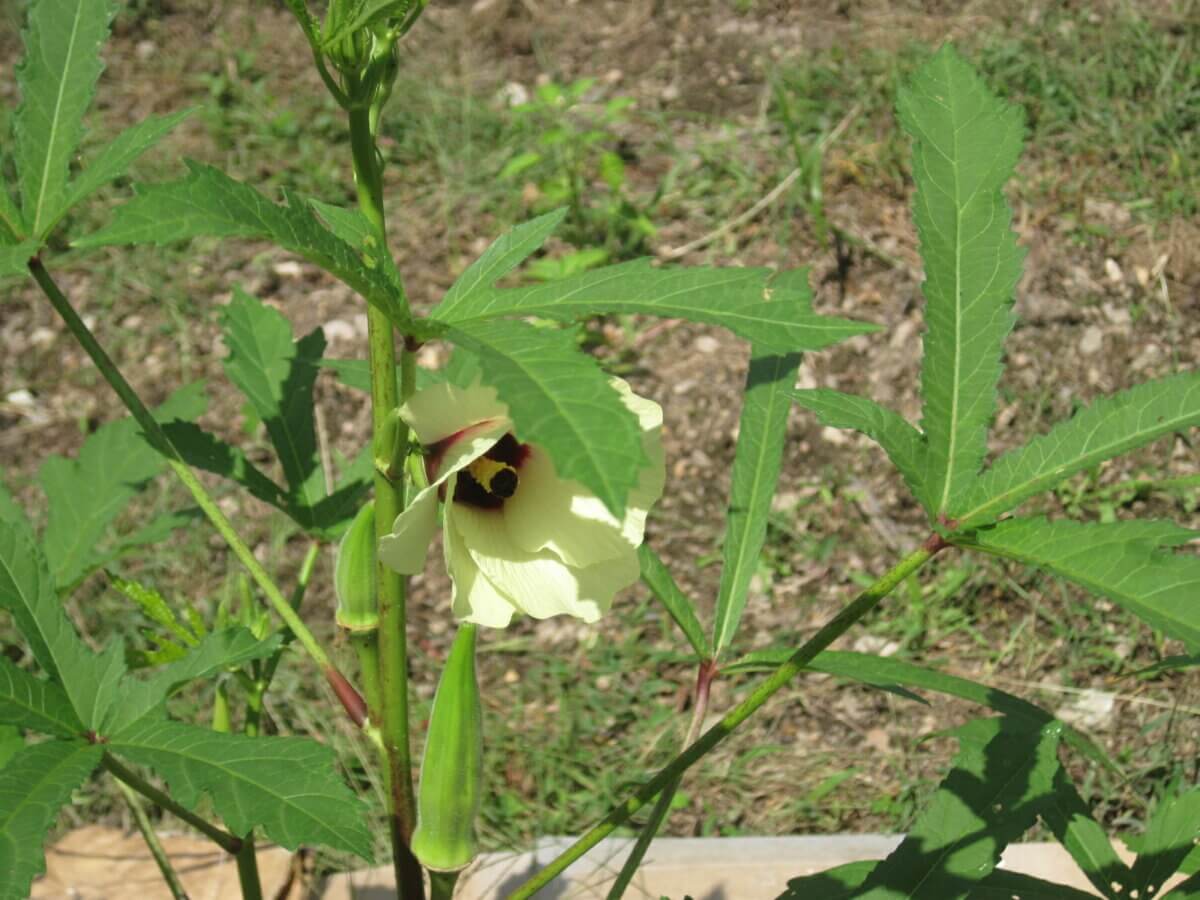
Had you any idea that okra leaves were a delicious edible green? I hadn’t, until I chanced upon this listing on the Baker Creek Seeds website for nikruma tenten okra, a traditional cultivar of the African plant. In addition to making those tender pods, this sky-high variety is also grown for its foliage as food. Okra leaves of all cultivars are a green that will need to be cooked rather than eaten raw, but it shines when added to curries, stews, and soups.
5. Sweet Potato Leaves
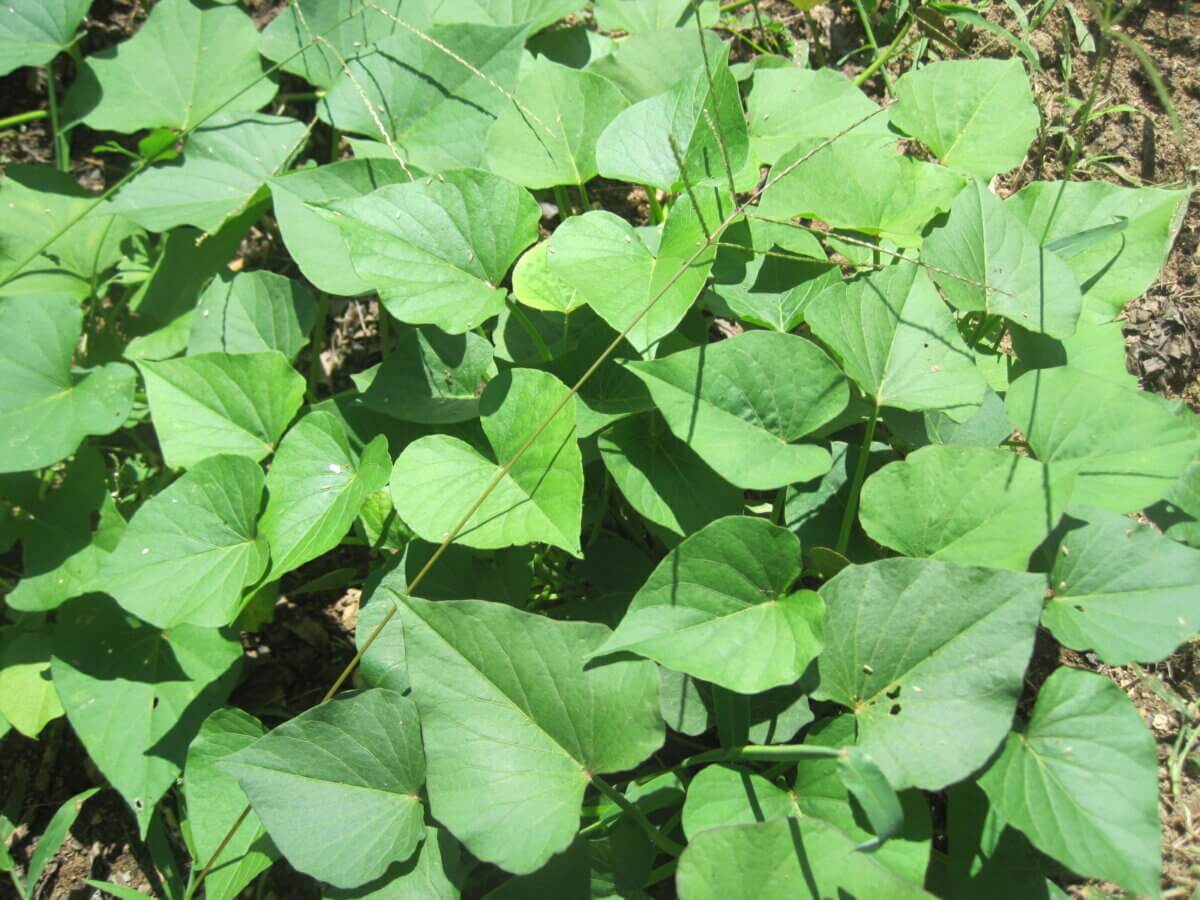
The name “potato” may scare you off, as many of us have been taught that all nightshade leaves are toxic (an untrue factoid I’ll be dealing with in the next point). But sweet potatoes are actually misnamed. They’re in the morning glory family and aren’t really nightshades to begin with. Their heart-shaped, vining leaves are surprisingly mild and hearty, making a wonderful addition to any stir-fry in the late summer, when any thoughts of spinach and kale have either bolted or been chewed into oblivion by cabbage worms. Though few in the United States have a habit of harvesting sweet potato leaves, bundles of the verdant edibles are often sighted in the open-air markets of Asia and Africa.
6. Tomato Leaves
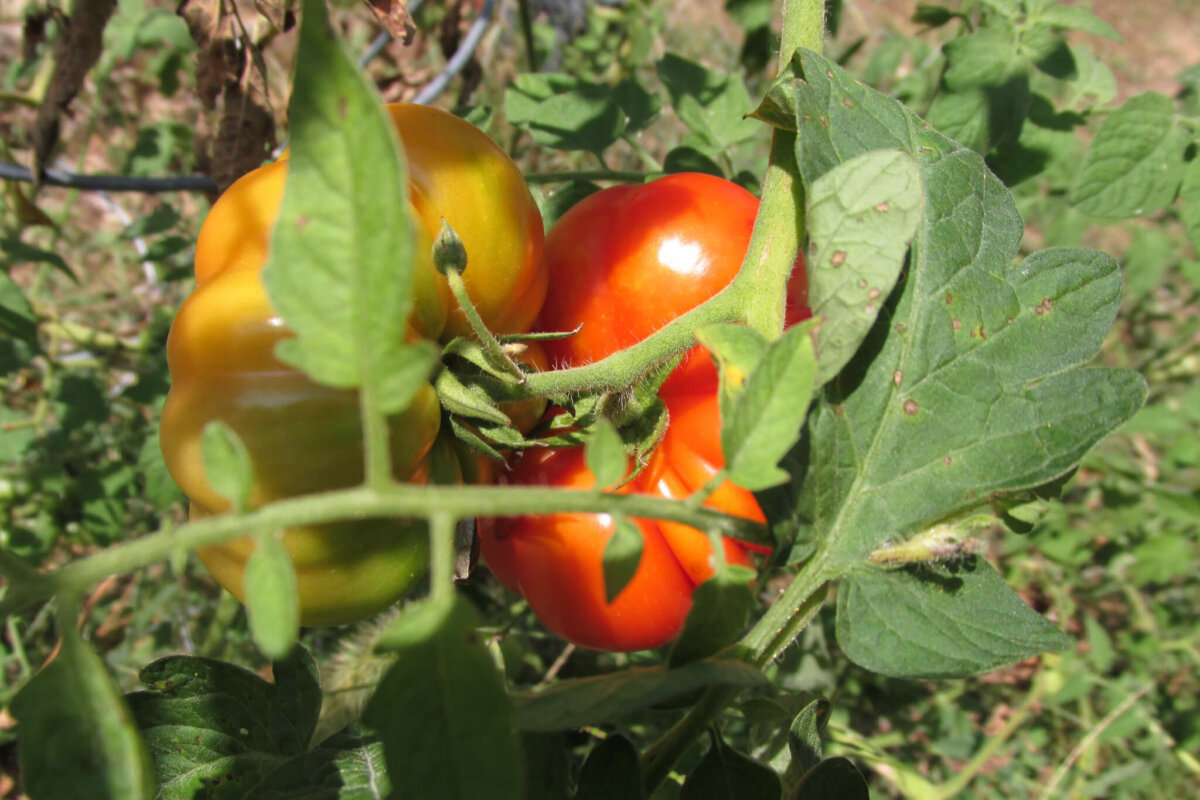
I know that the very thought of eating any leaves in the so-called “toxic, deadly, nightshade” family might have some of you running for the hills. Gardeners or not, we have been taught since childhood that the foliage of nightshade plants are toxic, and we believed it. After all, they don’t offer tomato leaves in grocery stores, and there’s no listing for them in popular recipes, right? Well, we’ve been duped, and all of us are avoiding and wasting a huge, fresh bounty of tomato leaves because of bygone misinformation and fear.
Don’t believe me? Check out the links here, here, here, here, and here to get yourself more comfortable with the thought. I’m not the only one who says so, though I guarantee many readers will still be nervous about plucking a basket of tomato greens. Old habits die hard.
I can personally vouch that tomato leaves are tasty, edible, and mild — given their strong aroma. They are herbal and earthy, with a tomato-ness that leaves a pleasant aftertaste in the mouth. And given the abundantly lush vegetation that most tomato vines push out, it seems like an absolute crime to let the hornworms have it all.
7. All Brassica Family Plants
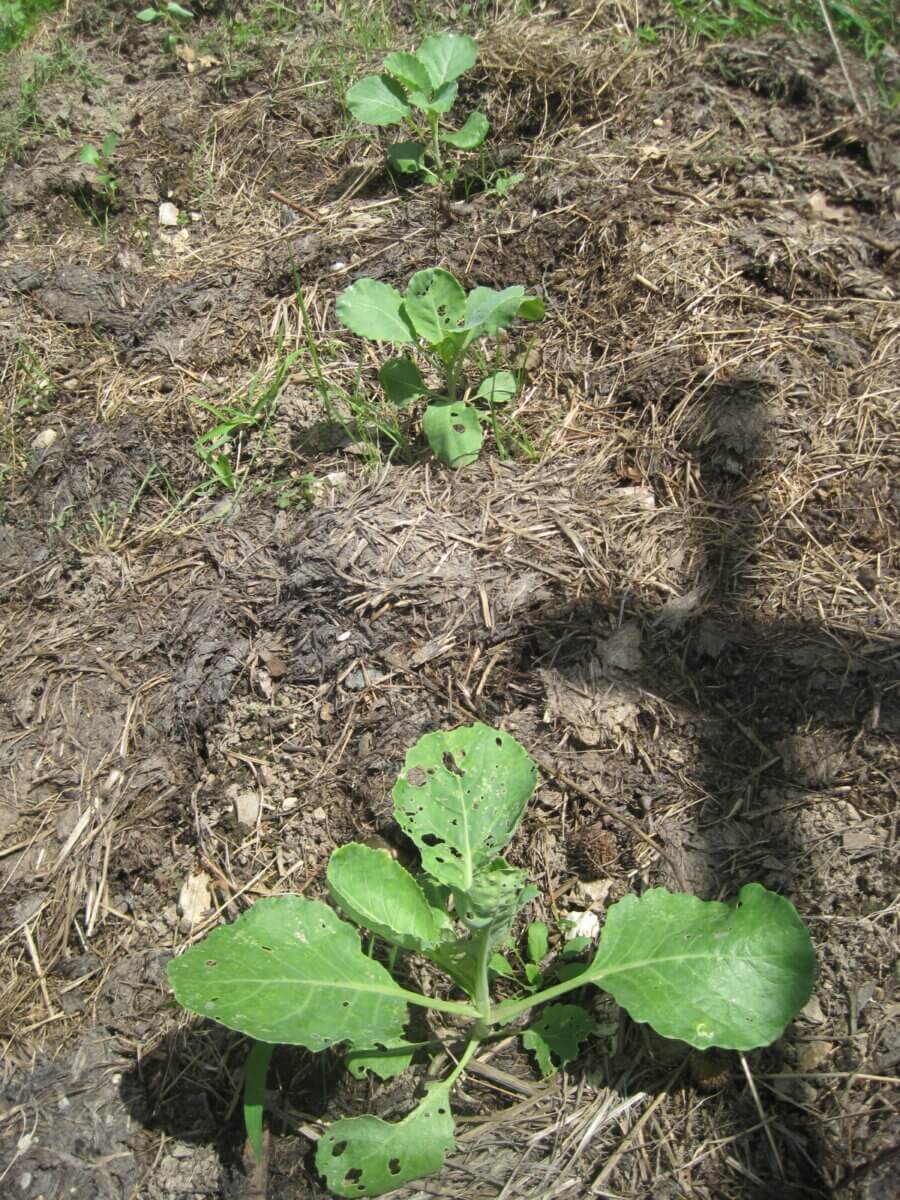
The cultivars derived from Brassica oleracea have given us a huge array of delicious edibles: cabbages, kale, collards, Brussels sprouts, broccoli, and kohlrabi to name a few. And their close cousins in B. rapa and B. napus gave us root cellar staples like turnips and rutabaga. Since many of these plants are grown for their delicious, swollen stems or bulbs, the leaves are often ignored. But that’s a shame because all of their leaves are edible, and similarly delicious. This is helpful to know because sometimes a planting goes awry, and kohlrabi never develops a good bulb or cabbages fail to head. In these cases, you can still harvest the leaves and have some return for your efforts.
8. Some Legume Leaves
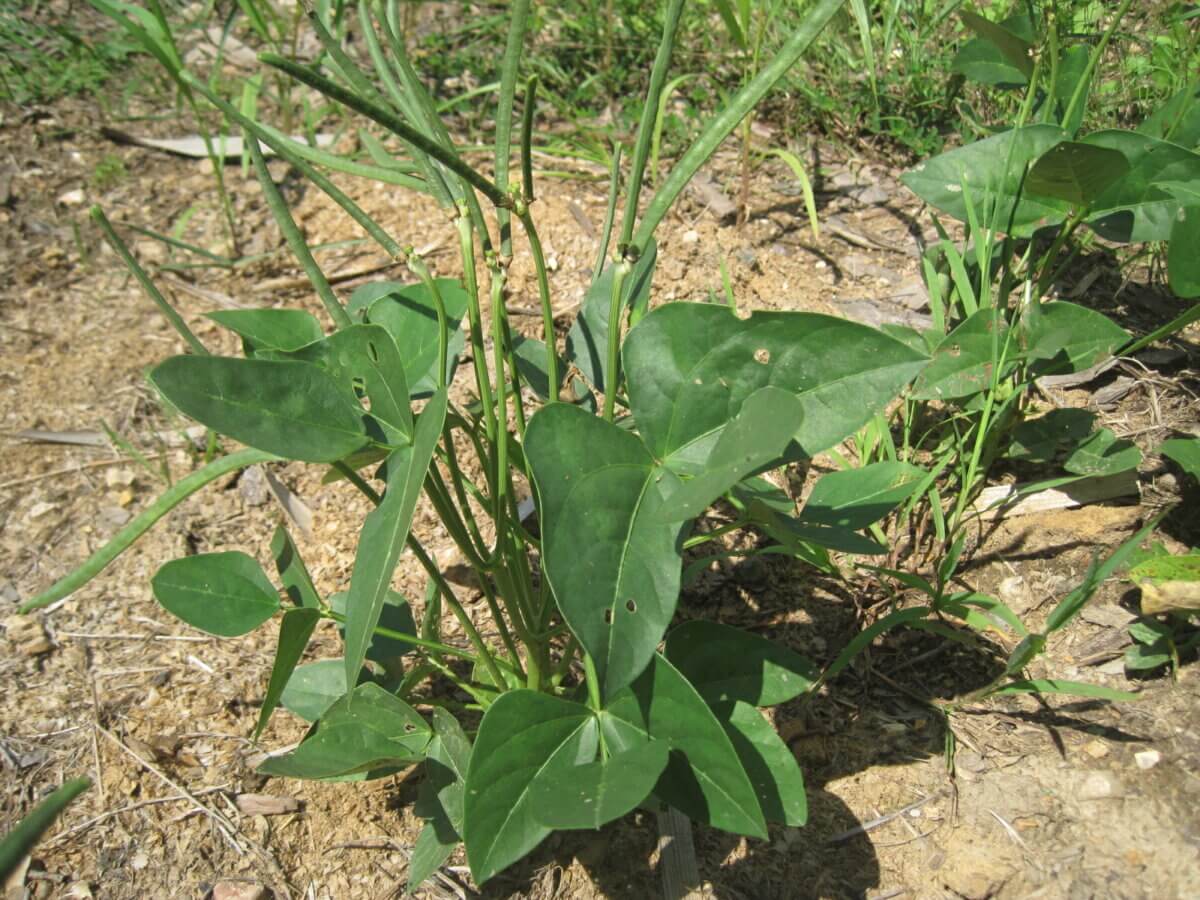
Since most of my legumes tanked in the drought this year, I write this from my reading, not from direct experience (next year). Some bean-family plants also offer edible greens. Notably, the feathery fronds of garbanzo beans (Cicer arietinum) can be eaten, as can the young shoots of peas (Pisum sativum) and the young shoots of cowpeas (Vigna unguiculata). I offer those tidbits of information for you to continue researching and experimenting on your own. I’ll be out with you next spring, trying these discoveries for the first time.
9. Amaranth Leaves
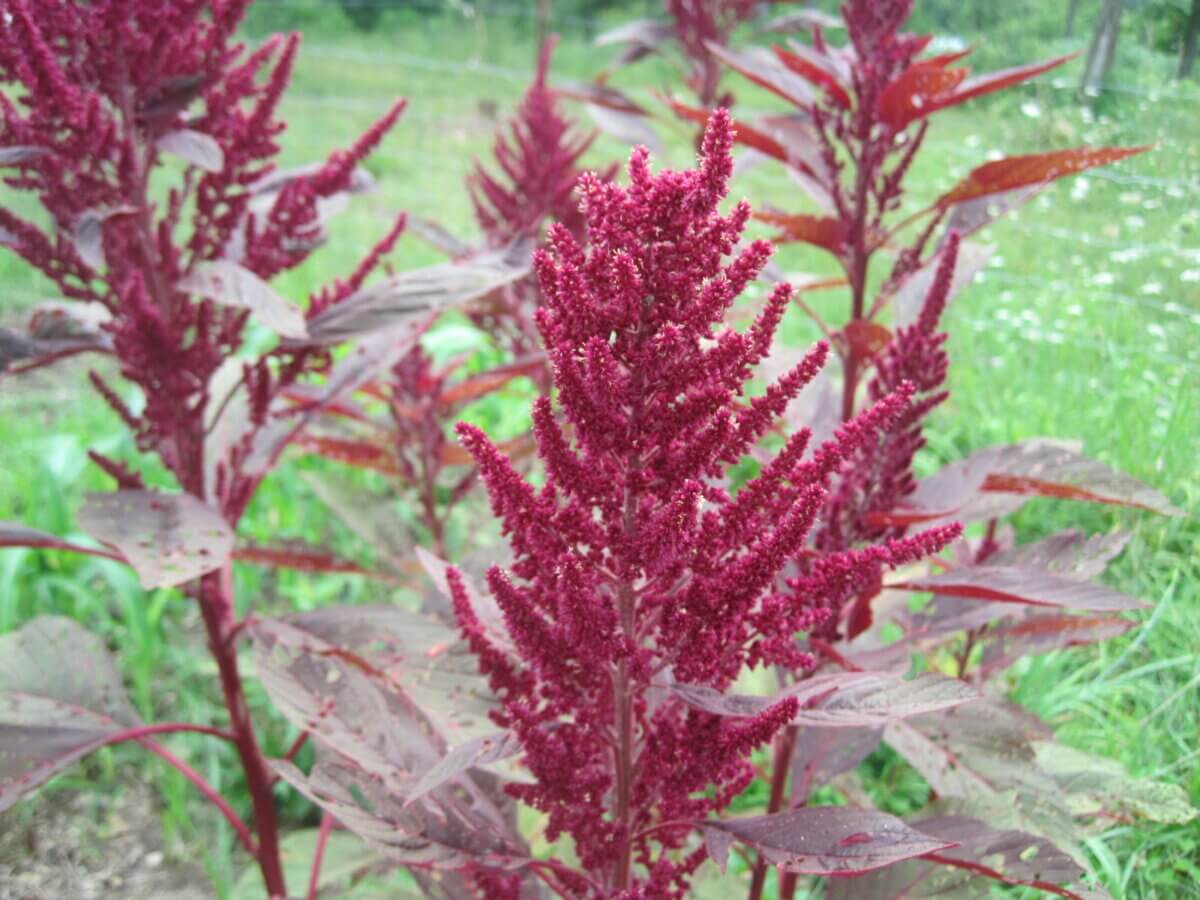
To some, wild amaranth (often called pigweed) is a noxious weed. To others, a gluten-free grain. Still others know it as a decorative plant sold under names like “love-lies-bleeding.” However you view it, this useful plant is more than a garden showpiece or a grain source. It’s a source of greens, too. Amaranth greens are at their best in the summer, as long as the potato beetles haven’t Swiss-cheesed them into oblivion. In Trinidad and Tobago, a popular dish of pureed and spiced okra and amaranth greens is called callaloo.
10. Sassafras Leaves
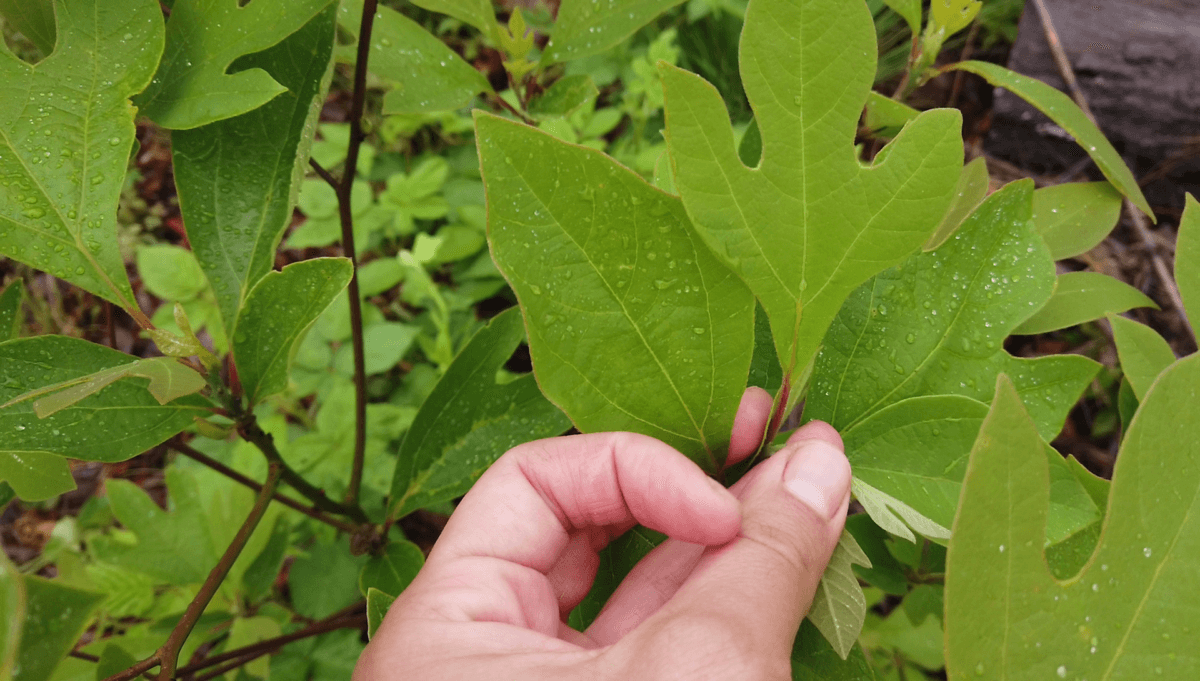
Sassafras leaves are a fun find in the forest. They’re the only tree in the United States with three distinctive leaf forms: simple, one lobe (like a mitten), and two lobes (like a mutant mitten). This intensely aromatic understory tree is often used as a trailside nibble, with surprisingly tasty fresh leaves that bear a striking flavor resemblance to a certain fruity, loopy cereal. The leaves are good for more than just hikes, though. They have been dried and ground into stew-thickening and enhancing powder for centuries. You may have heard of it as file powder — an essential gumbo ingredient. That olive green powder is pulverized and sifted sassafras leaves.
Now, some of you may have heard about health warnings that demonize sassafras because of purported carcinogenic compounds found in the roots. I’ve vented about the misleading nature of the FDA studies that prompted the warnings in my earlier article on forage-able teas here. For the sake of this article, I’ll save you the rant and assure you that safrole, the substance in question, is absent from the leaves.
So harvest leaves without fear and use them to add a certain “je ne sais quoi” to your soups and stews or to add a lemony, fruity lift to any tea.
I hope this list has given you some additional food for thought (and your dinner table). Did any of the plants in this list surprise you? Do you have any favorite recipes for these not-as-typical table fares? What surprising plants have I missed?


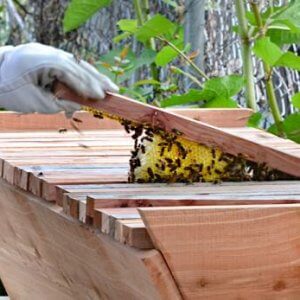




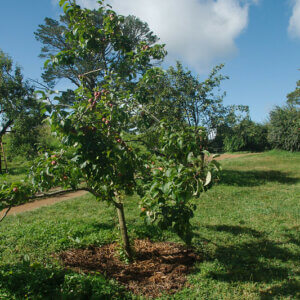



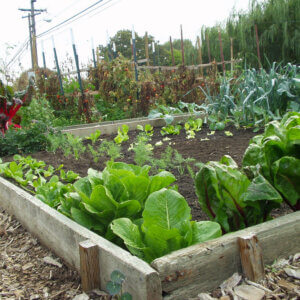

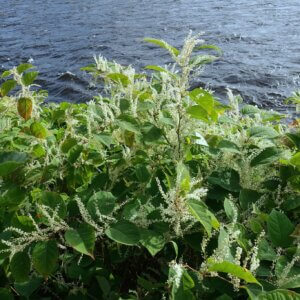
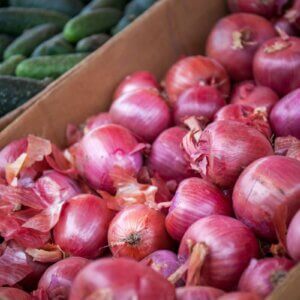


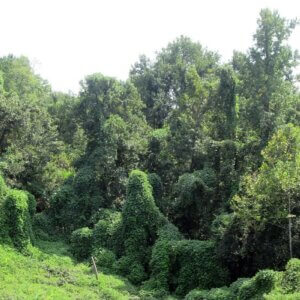




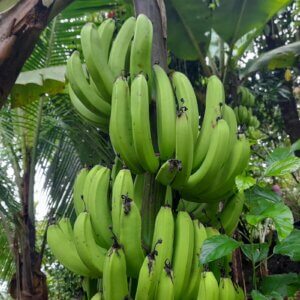
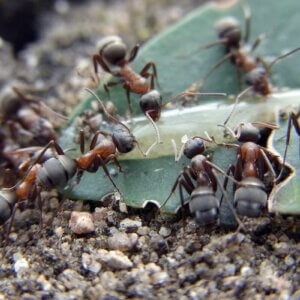
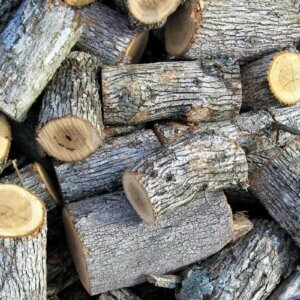


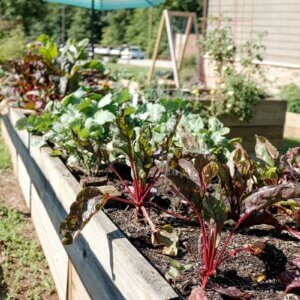
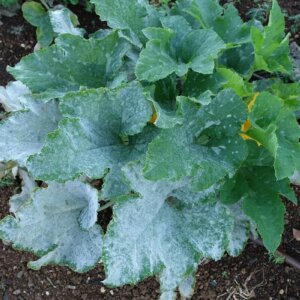


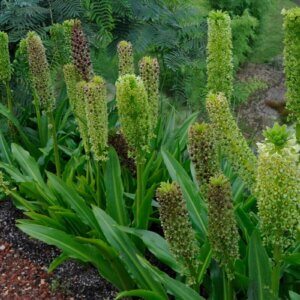
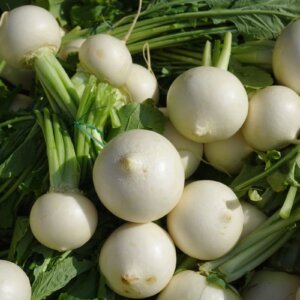

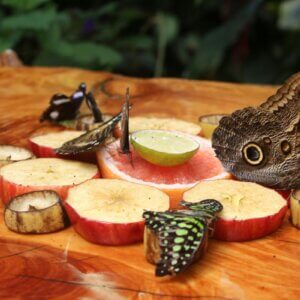
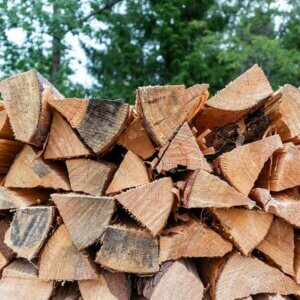
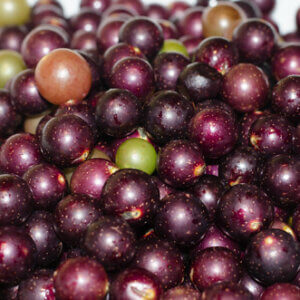





Leave a Reply